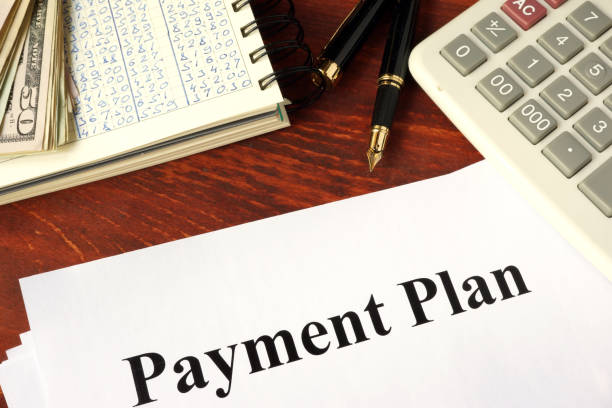Managing credit utilization is a key factor in maintaining a healthy financial profile and improving your credit score. Credit utilization refers to the percentage of your available credit that you’re using. Keeping this ratio low can positively impact your credit score and open doors to better financial opportunities. Here’s everything you need to know about credit utilization and how to manage it effectively.
What Is Credit Utilization?
Credit utilization is calculated by dividing your credit card balances by your total credit limit. For example, if your credit card balance is £500 and your limit is £2,000, your credit utilization ratio is 25%. Experts recommend keeping this ratio below 30% to maintain a strong credit score. A lower ratio shows lenders that you manage your finances responsibly and aren’t overly reliant on credit.
Why Does Credit Utilization Matter?
A high credit utilization ratio can signal financial strain, indicating that you may be relying heavily on borrowed funds. This can lower your credit score and make it harder to secure loans or mortgages in the future. Additionally, excessive credit use can lead to debt accumulation, making it harder to break free from financial struggles. Tools like creating a realistic budget and planning for maximum savings and debt reduction can help you keep utilization under control.
Tips to Keep Credit Utilization Low
- Pay Off Balances Promptly
Paying off your credit card balances on time is the most effective way to lower your utilization rate. This not only improves your credit score but also prevents additional interest charges. When working within a tight budget, prioritize payments to high-interest accounts first. - Increase Your Credit Limit
Requesting a credit limit increase can lower your utilization ratio if your spending remains the same. However, avoid this step if you think a higher limit might tempt you to spend more. - Diversify Your Credit Use
Spread your spending across multiple credit accounts rather than maxing out a single card. This approach can lower the utilization ratio on individual cards and improve your overall score. - Set Up Alerts and Reminders
Automated reminders can help you pay off balances before the billing cycle ends. This strategy is especially useful for individuals living paycheck to paycheck, where cash flow management is critical. - Break Bad Habits
Evaluate your spending habits to identify unnecessary expenses. Eliminating these can free up funds for debt repayment, ultimately helping you maintain a lower utilization ratio. Learn how to break bad habits and take control of your finances effectively.
The Bigger Picture: Managing Your Finances Effectively
Lowering your credit utilization is just one aspect of financial well-being. Managing debt, setting achievable savings goals, and sticking to a budget all contribute to long-term stability. Whether you’re dealing with fines and debt recovery or learning to adjust your lifestyle for a realistic budget, every step counts toward financial freedom.
For individuals facing more significant financial challenges, such as paying and contesting parking fines, exploring debt relief solutions like an Individual Voluntary Arrangement (IVA) can provide the support you need. Visit Apply for IVA to learn more about how an IVA can help you regain control of your finances.
Maintaining a low credit utilization ratio is essential for improving your credit score and ensuring financial stability. By creating a plan that includes debt reduction, savings, and better spending habits, you can take control of your finances and secure a brighter future. Remember, every step you take toward improving your financial habits brings you closer to achieving your goals.
Check if you qualify for IVA#DebtFreeLiving #CreditUtilization #BudgetingTips #SavingsGoals #BreakBadHabits #DebtReduction #FinancialFreedom #TightBudget #PaycheckToPaycheck #FinesAndDebtRecovery #RealisticBudget





